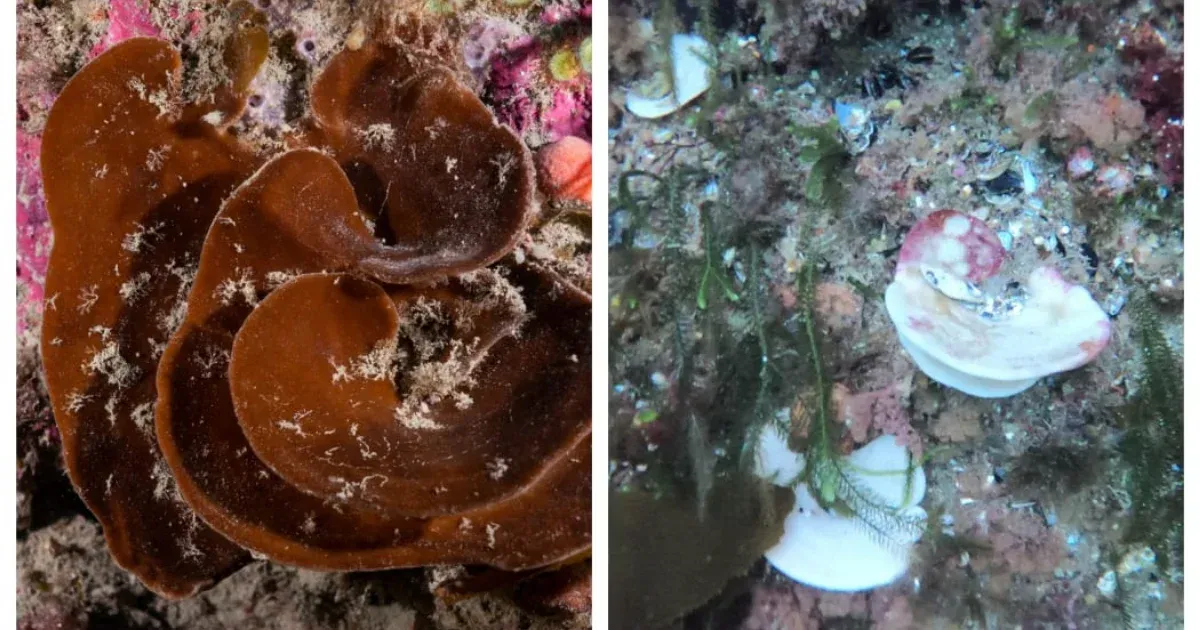For the first time, a sea sponge was found off the coast of New Zealand, which, like coral bleaching, has lost its color, most likely due to unusually high ocean temperatures, writes MTI. guardian Based on.
Researchers at Victoria University of Wellington found sea-bleaching sponges at several sites off the southern coast of the South Island during an expedition in April. These organisms are usually brown. In some places, 95 percent of sea sponges are bleached, said James Bell, a marine biologist at the university.
Based on the first data, researchers believe that hundreds of thousands of sea sponges may have vanished.
The depths of the waters around New Zealand are inhabited by colonies of sea sponges that provide habitat and food for fish and other species. There have been reports of sporadic bleaching of sponges for some time now, such as along the coast of Tasmania in Australia, but sea sponges are usually more tolerant of ocean changes than other species such as corals. James James said that this is a completely unusual phenomenon. “There are a lot of species around New Zealand and we have no idea how heat-resistant they are,” he added.
One of the expedition participants, Valerio Micaroni, reported on his Twitter page that hundreds of thousands, if not millions, of bleached sponges have been discovered in Fiordland National Park. It is believed that the cause of this phenomenon is the intense sea heat waves that hit New Zealand this year.
In April, coastal waters were 2.6°C warmer than average. Among the areas hardest hit by sponge bleaching, above-average sea temperatures at the southwestern tip of the South Island (Fiordland), where temperatures were measured 5°C higher than normal, are New Zealand’s strongest sea heat wave in forty years. .
Although researchers have noted a very strong relationship between bleaching and a sharp rise in temperature, Bell says more research is needed to confirm this. According to the marine biologist, some bleached sponges may come to life, but whether this will happen can only be revealed by further observations.
According to a report published in March by a non-governmental organization called the Climate Council, the Great Barrier Reef on Australia’s northeastern coast, which is also part of a World Heritage site, is at risk of bleaching.












































